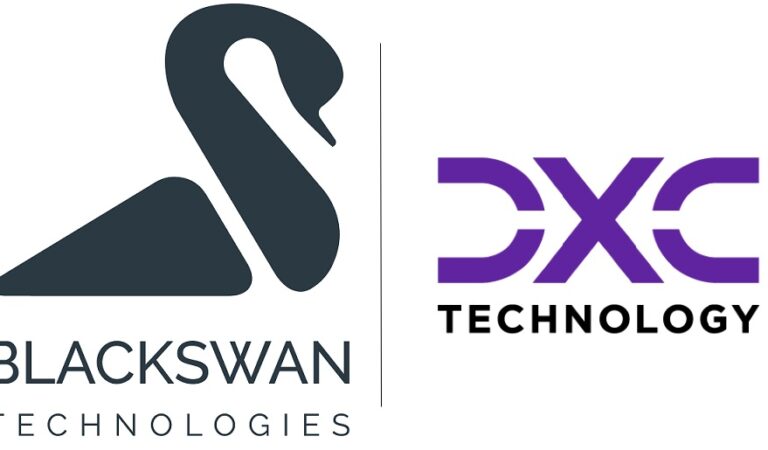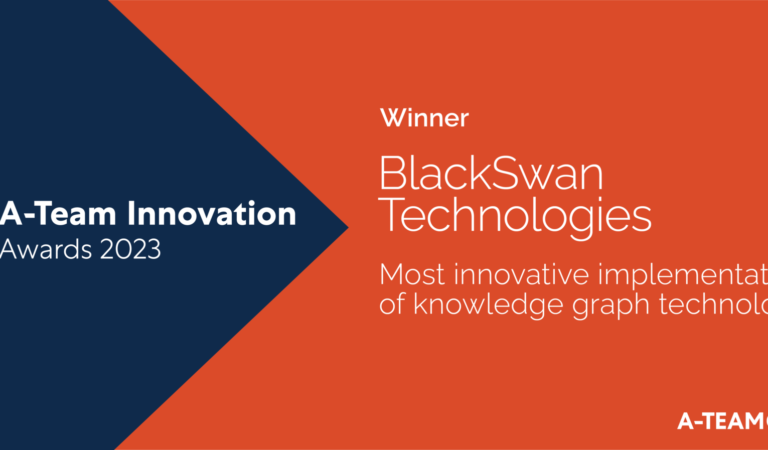
Mar. 29, 2021
Insurance and AI: Creating a Lower Touch, Higher Value Business Model
Authors: Nadee Wije & Scott Lichtman @BlackSwan Technologies
Customers across industries increasingly expect a combination of intuitive and efficient interactions with highly personalised service. This involves self-service facilities as well as a human touch. Much of the insurance industry lags behind the leading-edge in achieving this balance, but is striving for progress. Accenture has found that trend-setting insurers are moving away from transactional relationships that solely focus on bills, payments, and renewals; and more toward a customer-centric approach. Moreover, insurers are concentrating less on developing products based on customer age or financial status. Instead, they are adopting a “segment of one” model, where each customer is treated as an individual and provided with more tailored experiences.
Nonetheless, many insurers struggle to satisfy customer expectations. According to a study by J.D. Power, a majority of life insurance providers have suppressed customer interest and satisfaction due to a combination of infrequent client communications and a pervasive perception of transaction complexity and unattractive product costs. The same dynamic applies across other product segments, such as small business insurance.
Enhancing Customer Service with a Lower Touch
Fortunately, a path forward exists that is game-changing, flexible and high in return-on-investment – by applying artificial intelligence and the latest enterprise software design across the insurance value chain. Below are examples of best practices today and what will be achievable tomorrow in terms of blending “low touch,” or highly efficient interactions, with impressively responsive customer service.
Automated customer onboarding. Customers are growing more impatient with time-consuming, paper-based processes. Automated onboarding processes not only enhance customer satisfaction, but also improve retention rates. Through a combination of machine and deep learning, insurers can automate the process of underwriting while cross-analysing numerous sources of data. Deep learning algorithms can be used to map information from public sources to augment knowledge about a prospective customer, then suggest additional questions. For instance, a shopping mall property with a lottery machine or an ATM outlet has an added layer of risk and therefore merits deeper investigation. In the future, a significant proportion of documentation capture will be fully automated, with a policy approval provided seconds later.
Personalised insurance and microcoverage. AI redefines how insurers segment their customers. Combined with the availability of big data, cognitive computing technology can map hundreds of micro-segments of like-minded consumers or structurally similar businesses, allowing insurers to tailor terms and quotes based on quantitative optimisation and in real-time. Moreover, “insurtech” products will be further disaggregated into microcoverage elements (e.g., smartphone accessory protection, flight delay coverge, capital equipment insurance). Using machine learning algorithms, insurers also can analyse billions of data points in order to predict the ideal audience for, and adoption of, a product before launch.
Continuous service enhancements. Insurance agencies traditionally follow a sequential approach akin to the waterfall methodology, systematically moving from one stage to the other: product development, then lead generation, then quotation, and so on. Insurance providers can enhance the flexibility of customer experience through continuous monitoring and system-augmented learning. For instance, AI can be used to monitor an insured party’s situation, such as for cyber threats, and recommend remediation strategies. Machine learning models can also continuously ingest data about customer adoption, claims and profitability in order to highlight ways to improve the product. At times of heightened risk, alerts can be generated for sales or brokers to signal the opportunity to present better insurance coverage.
BlackSwan Technologies’ ELEMENT™ of Insurance
BlackSwan Technologies’ ELEMENT™ of Insurance is a customized version of the leading Enterprise AI Operating System for the insurance vertical, combining robust leading-edge capabilities in big data, cognitive computing, artificial intelligence and contextual analytics. With autonomous insight discovery, powerful situational visualisation, and central management of business logic and data integrations, ELEMENT of Insurance can start delivering significant ROI in weeks. The insights from ELEMENT can be incorporated across the entire enterprise – from underwriting and product development to risk monitoring, claims processing, marketing, customer service, and beyond – empowering the entire organisation to make smarter business decisions, faster than ever before.
Insurance providers can leverage ELEMENT to:
- Gain unprecedented insights into customer behaviour in order to optimise marketing campaigns, cross and up-sell offers, personalised products and targeted pricing
- Drastically improve customer experience through each stage – from prospecting, to onboarding, to policy management; reinforcing customer loyalty and retention rates
- Increase productivity and employee performance by shifting staff focus to high-value account management and empowering employees to draw fast, accurate conclusions
- Recognise risks directly or indirectly impacting insured entities and potential clientele, while obtaining “at a glance” visual depiction of the external changes and threats.
To learn more about ELEMENT for your digital transformation initiative, click here.
For more information, visit blackswantechnologies.ai, follow us on Twitter and LinkedIn


